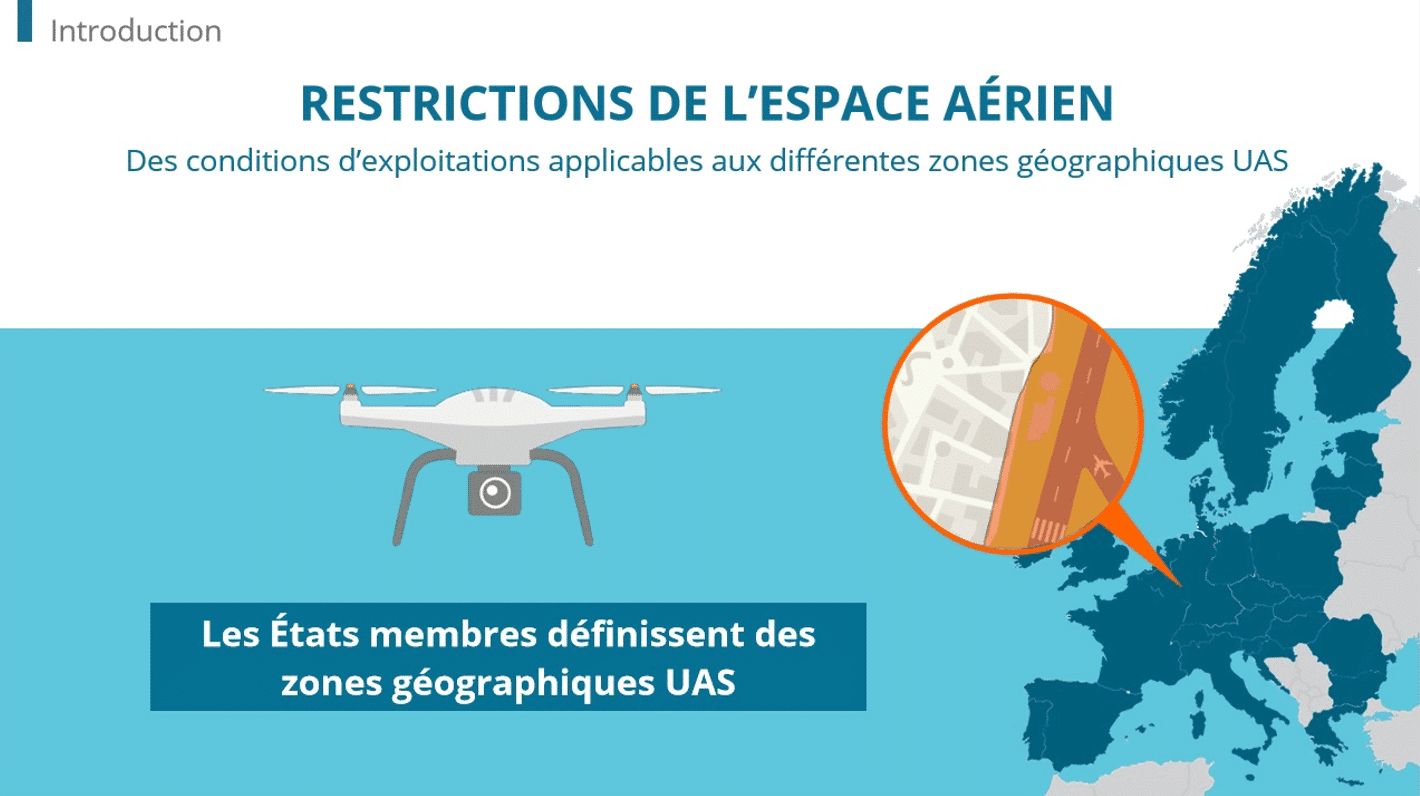How can you tell your elearning scenario has been perfectly designed? See our analysis table.
Have you developed an elearning scenario or would you like to? Want to make sure nothing has been forgotten in its design or implementation? Consult our checklist of items to consider when assessing the quality of an elearning scenario.
Does your elearning scenario look good?
First impressions are important. To convince and motivate the participant, the attractiveness of the scenario should not be overlooked. This contributes to the impression of professionalism and seriousness. Ask yourself some questions:
- Are the proportions between text and images harmonious?
- Do the colours go well with each other?
- Are all parts – text, design, colour scheme – consistent?
Is your scenario visual?
If a picture is worth a thousand words, the ability to integrate graphics is essential.
- Can you add charts to your scenarios?
- Can you insert animations? In what formats?
- Can you add a video or link to videos hosted on the Internet?
Is your scenario simple?
Your content should have a good balance between difficulty and simplicity.
- Is there too much information? Be mindful of the rules for reading on the web and don’t overload your pages for risk of discouraging your readers.
- Have you considered the waterline? The waterline is an imaginary line below which the page content is visible only if you scroll down with the mouse wheel or scroll bar. Content above this invisible line is seen by your readers at first glance. You should present essential information here to encourage your readers to read the contents.
- Is the organisation of space clear and airy?
Is your scenario navigable?
The ability to clearly and easily navigate through your training is essential.
- Have you clearly identified the most important operations buttons: go from one page to another, answer the quiz, etc.
- Numerous links that allow learners to expand on a concept or return to other parts of your scenario?
- Do you have a table of contents easily accessible from any page of the scenario?
Is your scenario suitable?
Can the participant always locate where they are in the scenario and their progress? This means:
- A progress bar so they know where they are in the training.
- A table of contents to easily find any content.
- Menus, and a clickable scenario to facilitate movement around the scenario.
Is your scenario transparent?
Transparency is imperative to gain then trust of your users.
- Are scenario objectives clearly explained? What is the purpose of the training?
- What are the evaluation criteria? Is there a quiz, an oral interview, a written homework?
- What are the means and elements to track users (participation rate, successful quiz, overview of scenarios, passing an examination, participant satisfaction, etc.)?
Is your scenario participatory?
The contents of a scenario should not resemble a paper manual. It needs to be participatory.
- Is the content of your scenario varied? Does it involve the student? Is it a mix of videos, slides with commentary, quizzes, video conferencing, and serious games?
- Can users can help each other through forums?
- Can you evaluate your content, annotate it, and comment on it for learners to participate in improving the service?
Is your scenario reliable?
In order to be adopted your scenario must be technically perfect.
- Is your scenario fast? Slow loading pages will discourage the reader.
- Can you log out completely and easily? This is an essential feature to ensure data security.
Is your scenario assessed?
Evaluation is essential in order for your participants to know their standard, and for you to justify the value of training. How is the performance of your participants assessed?
- Can participants be assessed before the training for a preliminary overview of their level.
- How are they assessed after training?
- Are surveys possible?
Is the scenario scalable?
As with a website, you need to regularly maintain the attention of your readers.
- Do you give regular updates about training to maintain the interest of your audience?
- Is there a regular slot in the training schedule for users to dedicate the time they need to achieve results? For example, you can organise your training over five weeks, with one chapter per week, five sections per week and a quiz at the end of each week.
Is the scenario sustainable?
Are the scenarios easily editable? Can you easily upgrade your content? This criterion is absolutely essential.
- Is it possible to create templates?
- Can you establish a knowledge base?
Is your scenario integrated?
It’s preferable that your elearning scenario is not separated from the rest of the company, and that it is not completely online. The ideal scenario would be:
- Closely linked to the profession of participants.
- Complemented with physical encounters between participants.
- Completed by documents in other media, such as paper.
Does your scenario meet all these criteria? Congratulations! If not, don’t throw it away just yet! This is a checklist for an ideal elearning scenario rather than a list of minimum criteria.
Check that your elearning platform allows you to enhance your scenario according to these criteria. Beware especially aware of whether you can edit and/or change the content of your scenarios, because fixed content is dead content.
Unlike other elearning systems, with Dokeos you can easily organise your training courses. Just add steps (weeks, chapters, etc.) on the horizontal axis, and activities (resources, materials, exercises, modules, interactions, reviews, videos, etc.) vertically. It’s clear, practical and flexible.
Do you want to easily create high-performance elearning scenarios? Discover the Dokeos Suite free for 60 days.
















